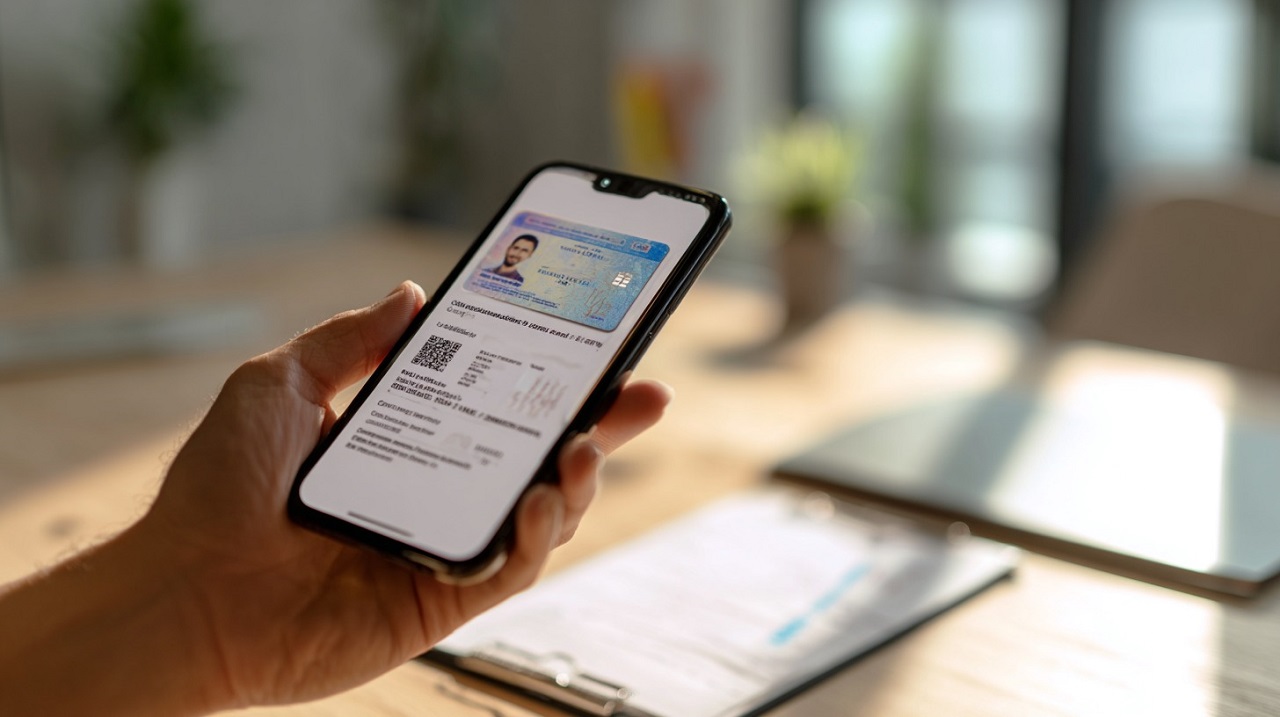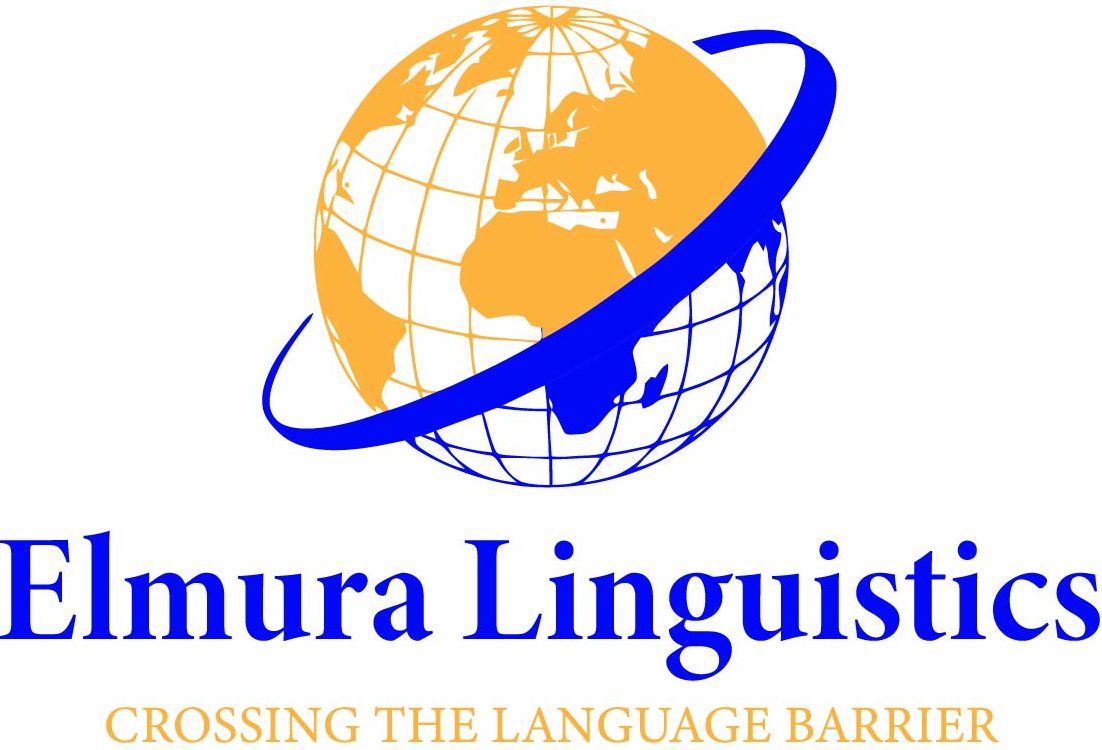What if notarizing your documents required just a Wi-Fi connection and a video call? You no longer have to rearrange your schedule, drive across town, or wait in line. Elmura Linguistics’ new Online Notary Service brings certified notarization straight to your laptop – secure, convenient, and available anywhere.
But with dozens of services popping up online, how do you separate the truly reliable from the rest? In this article, we’ll walk you through a proven 8-step framework to help you confidently choose a trusted online notary service that protects your documents, your identity, and your time.
Table of Contents
ToggleKey Factors When Selecting a Remote Notary Service
Start by confirming that the provider complies with your state’s Remote Online Notarization (RON) laws, along with federal standards like the E-SIGN Act and UETA. Legal recognition of your documents depends on this alignment.
Security should include end-to-end encryption, tamper-evident seals, and multi-factor authentication to protect your documents and personal data.
A clean, intuitive interface matters. Especially when clients are working with urgent or multilingual files. The service should work smoothly across devices with no learning curve.
Reliable customer support is essential for handling time-sensitive issues or technical problems.
Review the pricing structure and ensure it includes necessary features like identity verification, session recording, and support for multiple signers. These details can significantly impact both compliance and workflow efficiency.
The 8-Step Framework for Choosing a Reliable Online Notary
Not all online notary platforms meet the legal and operational standards required for professional use, especially when dealing with multilingual or cross-jurisdictional documents. Here’s how to evaluate any provider for legal reliability:
1. Confirm Legal Compliance

Start by ensuring the platform is legally authorized to perform Remote Online Notarization (RON) in your state and aligns with federal regulations.
If your work involves documents across different states or countries, it’s critical that the platform accounts for varying legal requirements and language needs.
Compliance Criteria to Check:
| Requirement | What to Look For |
| State RON Approval | Listed or approved by your Secretary of State |
| UETA Compliance | Supports legally valid electronic signatures and records |
| E-SIGN Act Compliance | Recognized under federal electronic transaction regulations |
| Cross-State Recognition | Accepted in multiple U.S. states |
| International Compatibility | Suitable for multilingual or jurisdiction-specific documents |
2. Review Security Measures

Security is one of our top priorities when handling sensitive or legal documentation. Data must be protected throughout every stage of the notarization process.
Core Security Features
| Feature | Purpose |
| Encryption | Protects sensitive data from unauthorized access |
| Multi-Factor Authentication (MFA) | Confirms user identity through multiple verification steps |
| Tamper-Evident Technology | Identifies any post-signing alterations |
| Secure Audit Trails | Logs access, activity, and timestamps for accountability |
| Cloud-Based or Local Storage Control | Ensures document retrieval and data privacy |
We encourage working only with systems that explain how these protections are applied and supported.
3. Check Identity Verification Options

Identity verification is fundamental to online notarization, especially with multilingual or cross-border documents. We implement a layered approach to identity verification, using both automated and human-reviewed processes.
Common ID Verification Methods
| Method | How It Works |
| Government ID Scan | Real-time scanning of passports or licenses |
| Knowledge-Based Authentication (KBA) | Personal history questions to verify identity |
| Biometric Face Matching | Matching selfie images with ID photos |
| Mobile Camera Verification | High-resolution captures for clearer identification |
Smartphone verification typically leads to faster and more accurate results.
4. Look for Session Recording and Journals
Maintaining detailed records of every session is a best practice we follow consistently. These recordings are useful for audits, client disputes, and legal proof.
What to Look For:
- Full video and audio session recording
- Timestamped logs of user actions and IP addresses
- Downloadable recordings and journal entries
- Options to redact sensitive data in recordings
These features allow professionals to stay compliant and well-documented.
Need a secure online notary service? We offer an online notary service that meets current legal standards and supports multilingual documentation workflows. If you’re already using our certified translation services, adding notarization is a smooth extension.
5. Test Platform Flexibility
Not all notarization workflows are simple. We recommend using systems that allow mid-session edits, multi-signer coordination, and the ability to resume interrupted sessions.
Key features:
- Modify, add, or remove document pages
- Flexible scheduling for multiple signers
- Session recovery after disconnection
- Support for various document formats, including translated materials
These capabilities reduce delays in complex transactions.
6. Evaluate User Experience

A well-designed interface is vital. We’ve supported many signings where a clean interface reduced confusion and helped ensure successful notarization of translated or sensitive documents.
Look for:
- Easy navigation and visual prompts
- Compatibility across all devices
- Browser-based sessions (no installation required)
- Step-by-step guidance for first-time users
A smooth user experience minimizes errors and improves client confidence.
7. Understand Customer Support Options
Issues can arise during live sessions, and timely support is key to solving them efficiently. We believe in quick access to knowledgeable assistance.
What to look for:
- Live chat or phone support during operating hours
- A searchable help center
- Email response within a reasonable time
- Training tools for frequent users or teams
This is particularly helpful when managing multilingual signers or international deadlines.
8. Compare Pricing and Features

Before committing, we suggest evaluating both cost and functionality. Consider how pricing aligns with your document volume and whether services match your operational needs.
Check:
- Per-use vs. subscription pricing
- Included features like ID verification and recording
- Multi-user or enterprise account options
- Storage, export, or support-related fees
A transparent structure helps avoid overpaying for tools you won’t use.
Ready to move forward? We provide a streamlined, secure online notary service built to handle multilingual and cross-border documents. Whether it’s an affidavit, corporate agreement, or certified translation, we ensure every detail is legally sound and professionally executed.
Contact us today to schedule your notarization.
FAQs
Conclusion
The right online notary service doesn’t just protect your documents – it reflects your professionalism. By following this 8-step process, you can ensure every notarization is handled with security, accuracy, and legal compliance.
When translation and notarization go hand in hand, consistency and clarity follow.





